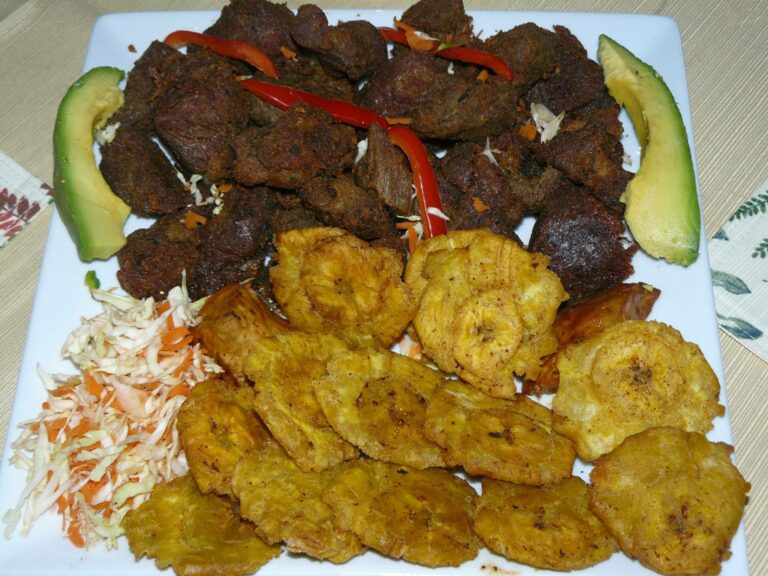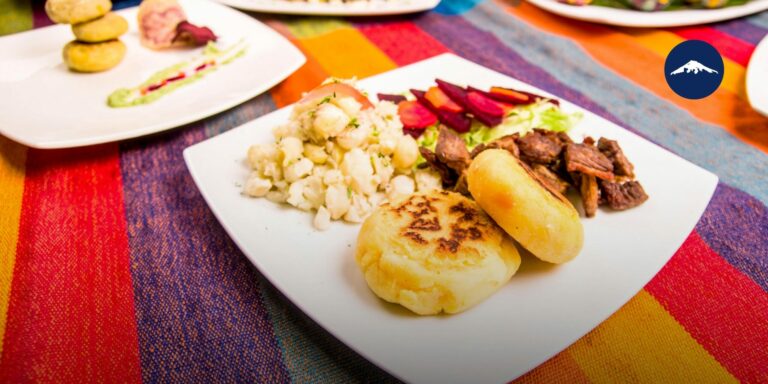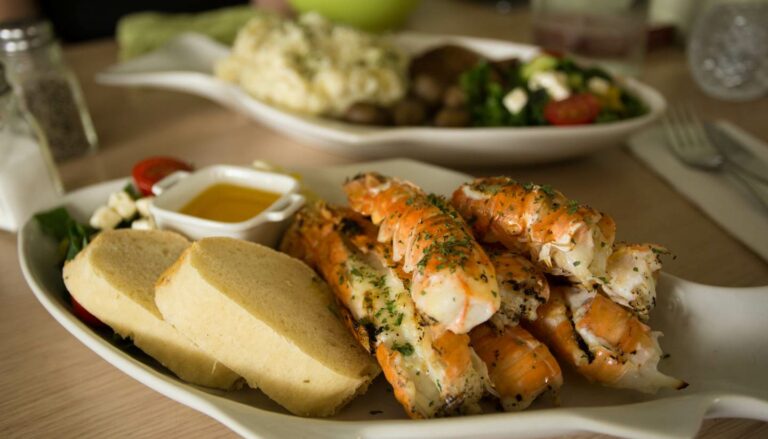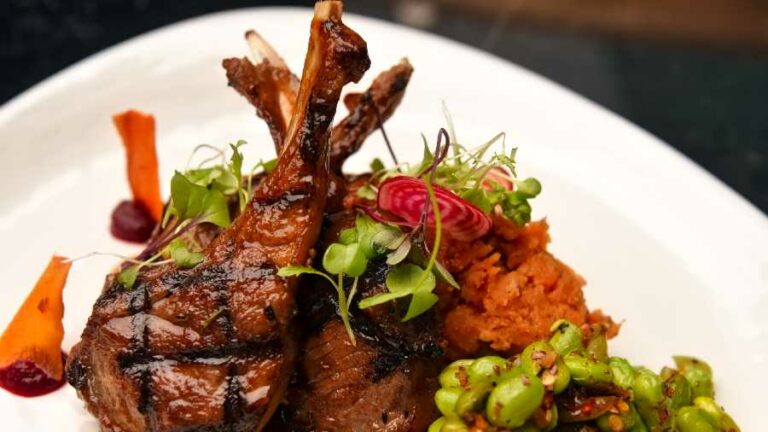Introduction: Street Food in Haiti
Street food is a popular concept that has gained traction in many countries worldwide. It’s an integral part of any country’s food culture, and Haiti is no exception. Haitian street food offers a unique blend of flavors, textures, and aromas that are sure to tantalize your taste buds. From savory to sweet, Haitian street food has something for everyone.
Overview of Haiti’s Culinary Scene
Haiti has a diverse culinary scene with a mix of French, African, and Caribbean influences. The cuisine is rich in spices and herbs, with a focus on fresh ingredients. Haitian dishes range from stews to fried foods, soups, and seafood. Haitian cuisine also features a variety of vegetables, fruits, and legumes. One of the most popular dishes is griot, a fried pork dish, and rice and beans. Soup joumou, a soup made from pumpkin, is also a must-try dish in Haiti.
Exploring Haiti’s Street Food Markets
Haiti’s street food markets are bustling with vendors selling all sorts of delicious food. One of the most popular street food markets is in Port-au-Prince, where vendors sell everything from fried plantains to grilled meat, seafood, and sweets. Another popular street food market is in Jacmel, where vendors sell seafood and Creole dishes. The street food markets in Haiti offer a chance to sample the country’s culinary delights while immersing oneself in the local culture.
Discovering Haiti’s Food Festivals
Haiti is also home to several food festivals that celebrate the country’s cuisine. The Fête Gede is a popular festival held in November that celebrates the country’s Voodoo culture. During the festival, food vendors sell traditional Haitian dishes such as bouillon, a hearty soup, and akasan, a fermented corn drink. The Haiti Food and Spirits Festival is another popular event that showcases the country’s culinary scene. The festival features food vendors, live music, and cooking demonstrations.
Must-Try Street Foods in Haiti
There are several must-try street foods in Haiti that are popular with locals and tourists alike. One of the most popular street foods is tassot, fried meat that is usually served with plantains and pikliz, a spicy pickled vegetable dish. Another popular dish is pate, a pastry with a savory filling. Griot is another must-try dish, as it’s a staple in Haitian cuisine. Other street foods to try in Haiti include akra, a fried fritter made from malanga, and kibbeh, a Middle Eastern-inspired dish made with ground meat and bulgur wheat.
Conclusion: Haiti’s Vibrant Street Food Culture
Haiti’s street food culture offers a unique culinary experience that should not be missed. From street food markets to food festivals, there are plenty of opportunities to sample the country’s cuisine. Haitian street food is affordable, delicious, and offers a chance to immerse oneself in the local culture. If you’re planning a trip to Haiti, be sure to try some of the must-try street foods mentioned above and explore the country’s vibrant street food culture.










